Are you exporting stainless steel cookware from outside the European Union? Chancescook, one of the leading stainless steel cookware manufacturers, has this import process and requirements guide to make importing a breeze.
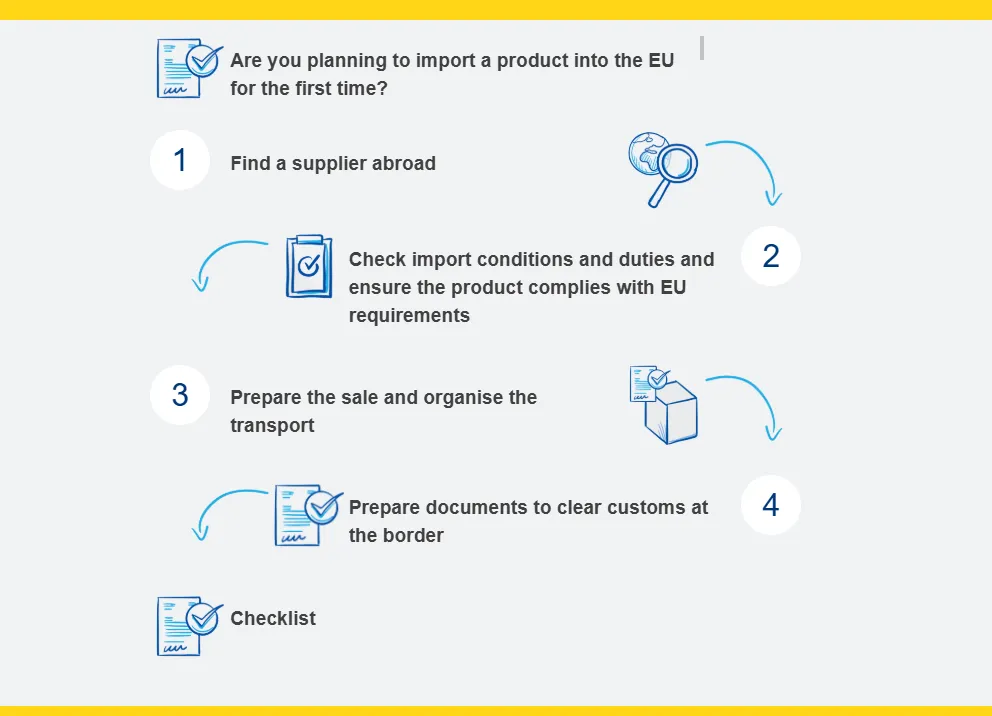
Table of Contents
ToggleStep 1: Find Reliable Foreign Suppliers
Finding reliable suppliers is where the process of importing stainless steel cookware begins. Use the following sources:
- Chambers of Commerce: They provide market data, supplier information, and industry reports.
- Trade Promotion Agencies & News Providers: Offer market research and business opportunity analysis.
- Trade Consultants & Banks: May provide expert advice on choosing a supplier and foreign trade.
Selection of a reliable manufacturer is extremely critical to ensure quality, compliance, and timely delivery.
Step 2: Confirm Import Conditions, Tariffs, and EU Compliance
Before importing, ensure the following:
Who Can Import into the EU?
- Your company must be registered in the EU, including VAT registration.
- EU residents of non-EU countries require a work visa and an EU representative (e.g., customs broker or logistics firm).
- Registration with the National Commercial Registry may be necessary.
- Get an EORI number (Economic Operators Registration and Identification), which applies across the EU.
Product Compliance
- Stainless steel cookware will have to comply with EU regulations on safety, hygiene, and labeling.
- Verify tariffs and import duty based on the country of origin and the cookware type.
Step 3: Prepare for Sale and Organize Transportation
Successful import requires clear agreements between buyer and supplier:
- Define contractual responsibilities using Incoterms® to clarify delivery, insurance, and transportation obligations.
- Determine who is responsible for customs procedures in both the EU and the exporting country.
- Choose the most efficient shipping method for your cookware, considering costs and delivery time.
Step 4: Prepare EU Customs Clearance Documents
Proper documentation ensures smooth customs clearance:
Essential Documents
- Customs declaration to your country’s customs authorities
- Goods Entry Summary Declaration (ENS) before arrival
- Single Administrative Document (SAD), the standard EU import form
- Commercial Invoice
- Transport Documents (Bill of Lading, Airway Bill, etc.)
- Certificate of Origin
- Import License (if applicable)
- Test Reports and other certificates (hygiene, veterinary, or plant health certificates)
Customs Clearance Process
- Goods are placed in temporary storage under customs supervision (up to 90 days).
- Customs may release goods based on submitted documents or select them for document or physical inspection.
- Once cleared, stainless steel cookware can circulate freely throughout the EU.
All EU countries apply the same tariffs for imported goods, and the rules are consistent regardless of the entry country.
Conclusion
Importing stainless steel cookware into the EU requires careful planning, supplier selection, compliance checks, and proper documentation. Following these guidelines from Chancescook ensures a smooth process and faster time-to-market for your products.
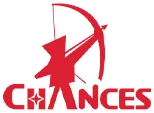
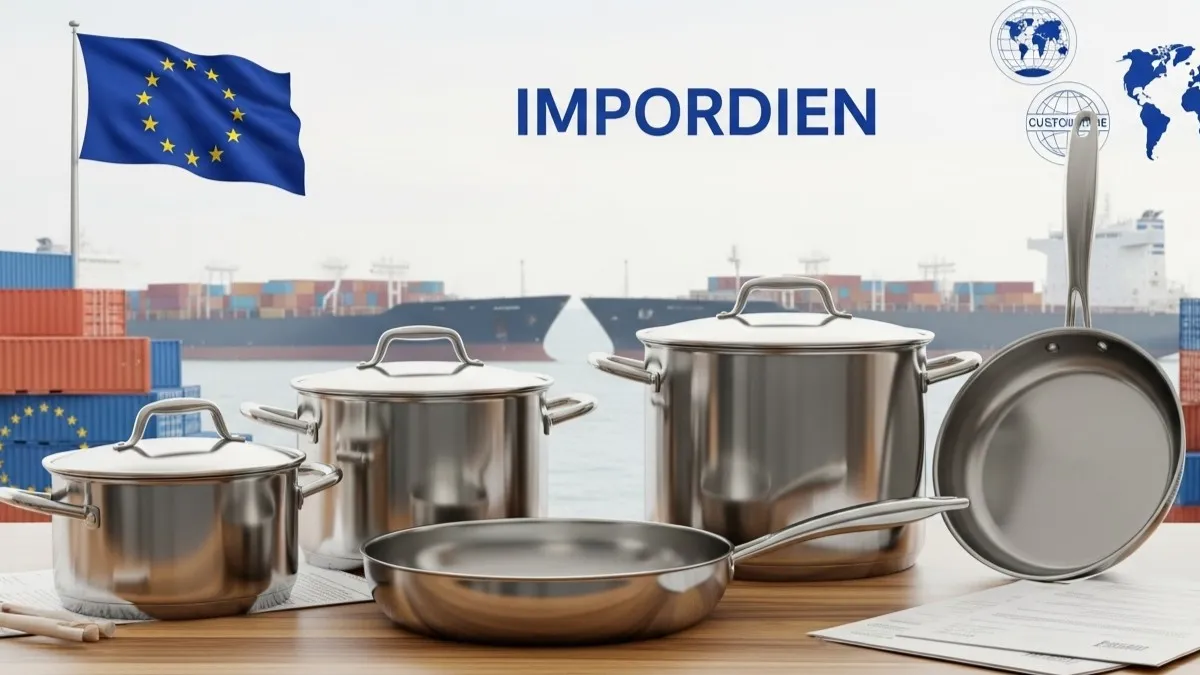
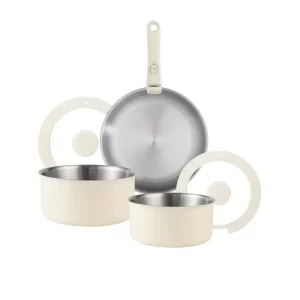
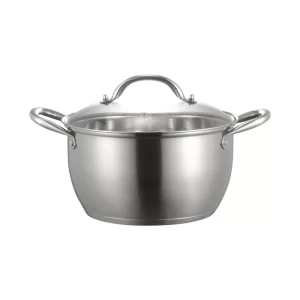
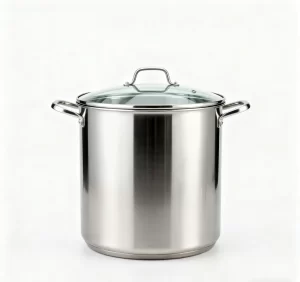
-300x282.webp)